Deconstructivist Architecture
Deconstructivist architecture is an architectural movement that emerged in the 1980s. Based on the principle of asymmetrical forms and the fragmentation of the building’s units, dismantling and reassembling what is, this movement gives the viewer a sense of uncertainty and chaos.

Deconstructivism
Deconstructivist architecture, deconstructivism is a movement in postmodern architecture that emerged in the 1980s. Its name is a portmanteau of constructivism and “deconstruction”, a form of semiotic analysis developed by the French philosopher Jacques Derrida. Architects whose work is often described as deconstructivist (although in many cases the architects themselves reject the label) include Zaha Hadid, Peter Eisenman, Frank Gehry, Rem Koolhaas, Daniel Libeskind, Bernard Tschumi and Coop Himmelb(l)au.
The term ‘structure’ refers to the support system of the building, while ‘constructivism’ is the term for ‘constructivism’. Deconstructivism was first influenced by the French philosopher Jacques Derrida’s theory of ‘deconstructionism’. Derrida used deconstruction to criticize modernity and laid the foundations for postmodernism. In this movement, it would be more accurate to call postmodern thought new or late modern.
In this architectural movement, which does not recognize rules, the strange and unusual, forms are out of proportion and evoke destruction. This movement considers the harmony of form and function and principles such as ‘form follows function’ as the ‘rules’ of modernism and aims to move architecture away from these forms. These structures express controlled chaos and buildings with this design look unique and unusual.
Deconstructivist architecture aims to push the boundaries of imagination. It advocates curved lines and forms that feel broken. Therefore, at this stage, it will be a matter of curiosity whether the interior is as fascinating as the exterior. In these buildings, which serve their purpose with narrowing circulation areas, staircases that lead nowhere and gardens that do not live, the use of light materials in the interior should be preferred, taking into account the moving and displaced parts of the building. This trend offers designs with an unusual effect, both on the interior and on the façade.
Deconstructivist architects and examples
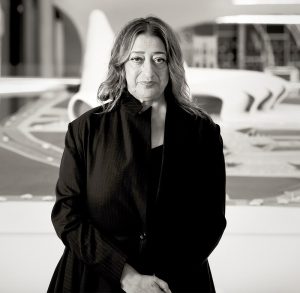 Zaha Hadid
Zaha Hadid
Zaha Hadid, one of the world’s most recognized architects, is one of the leading deconstructivist architects. She has created original works that resemble space-age structures by removing the boundaries between interior and exterior spaces. Zaha Hadid’s style is unique and has revolutionized the field of architecture.
Vitra Fire Station Building
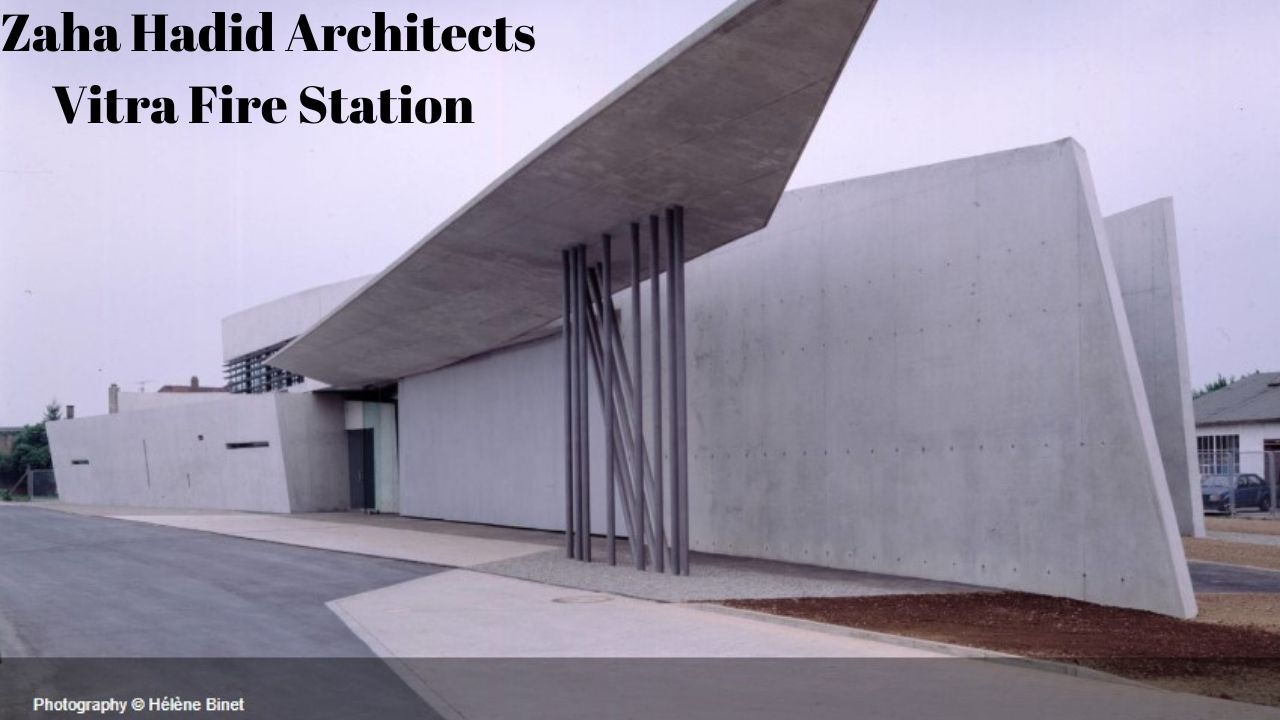
The Vitra Campus is a residential area built around the Vitra factory. The aim is to create a structure that is not isolated from the huge factory but complements the area in which it is located. This complex is made up of large masses and there is no main structure in the structure.
Zaragoza Bridge Pavilion
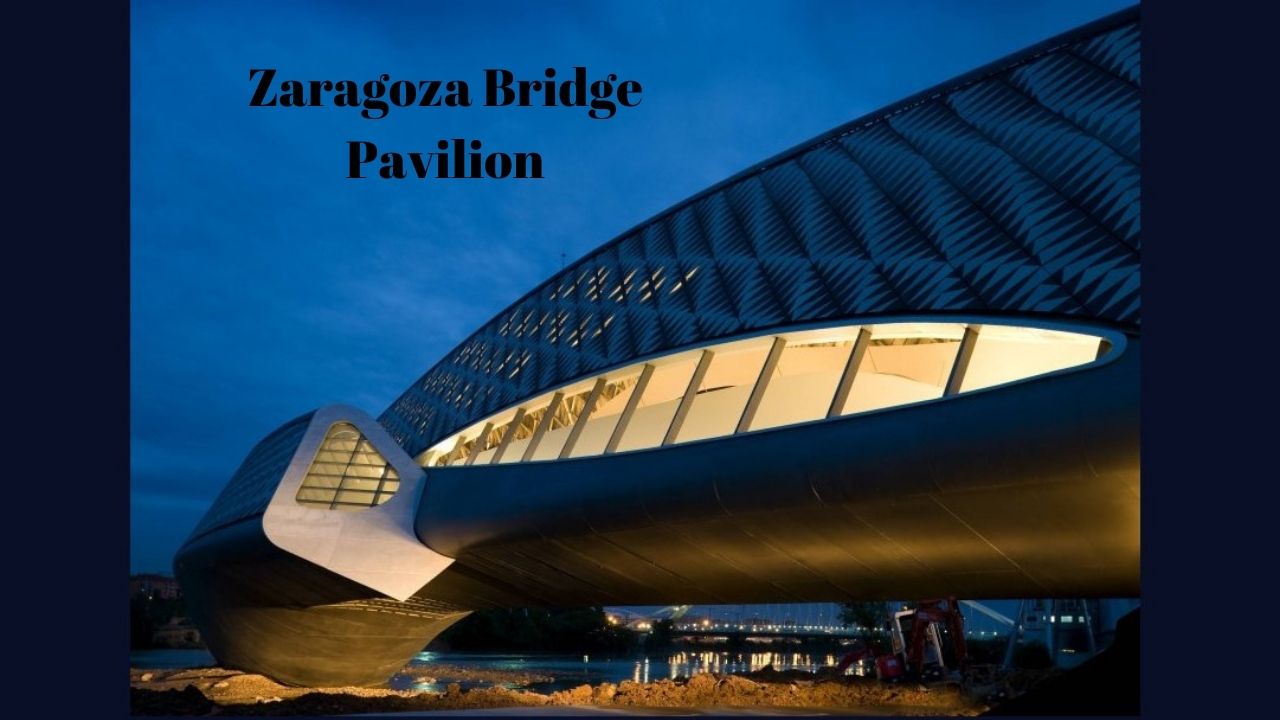
Inspired by the gladiolus flower, Zaha Hadid’s 280-meter-long bridge is a reinforced concrete structure covered in fiberglass. It is painted in 29,000 shades of grey and offers a view that changes with the light. The diamond-shaped elements are perfectly integrated into the structure.
Heydar Aliyev Centre
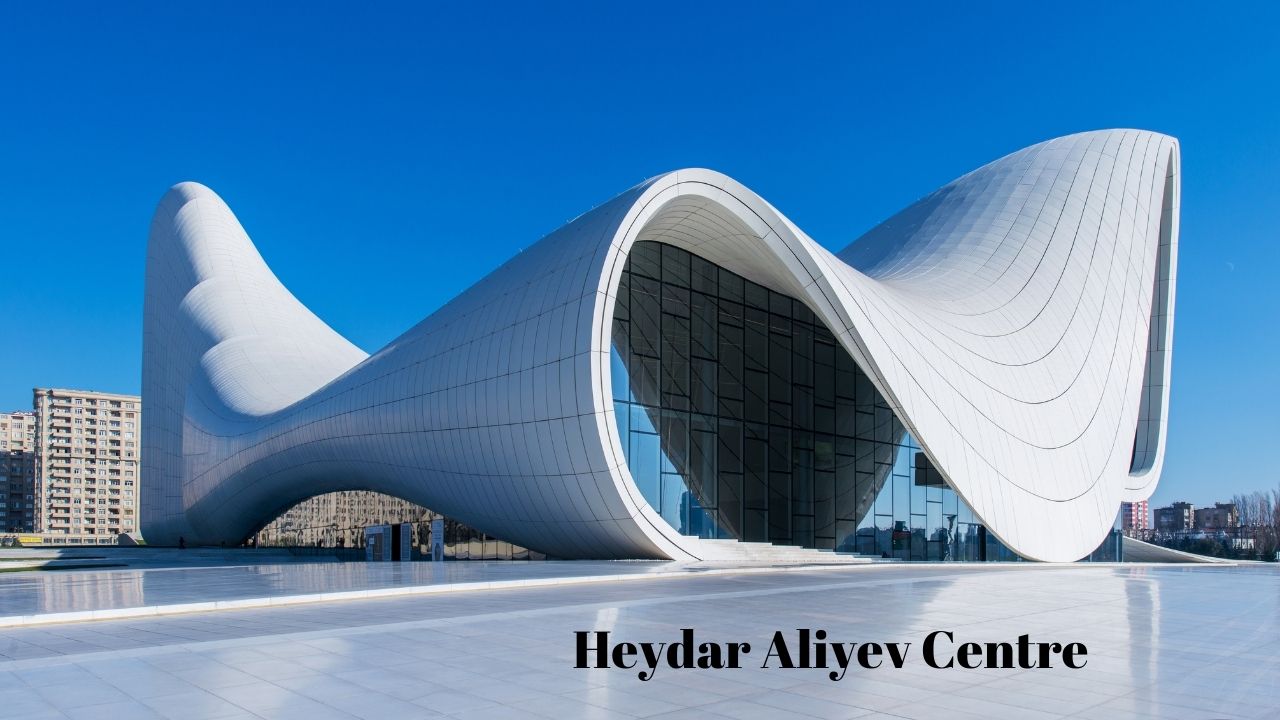
Opened in 2013, the cultural center covers an area of 101 thousand square meters. It is located in Baku, the capital of Azerbaijan. The Turkish Cypriot architect Saffet Kaya Bekiroğlu made the detailed designs. The building was constructed in 3.5 years by the Turkish company DIA Holding. It includes a concert hall, library, and art galleries.
Riverside Museum
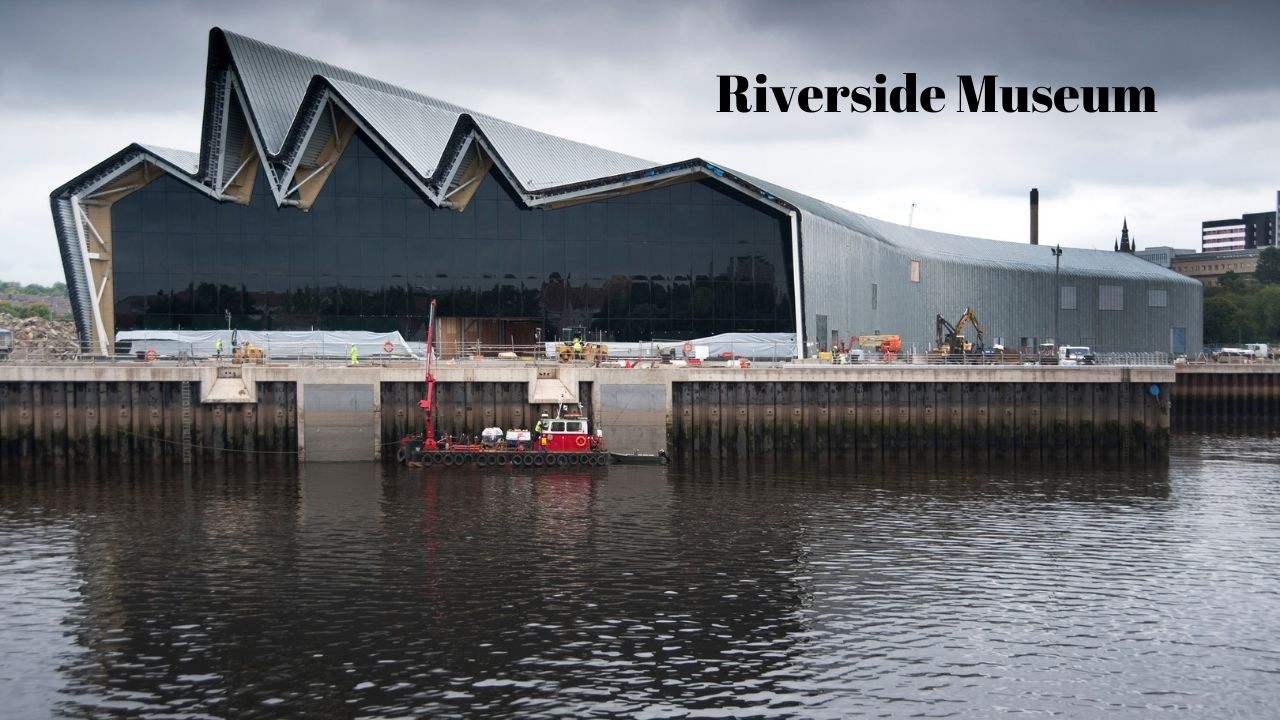
In 2013, it was awarded “Museum of the Year in Europe” by the European Museum Forum. Riverside is a transport museum. It is also located at the River Kelvin and the River Clyde confluence. In this respect, it acts as a bridge. The 36-meter-high building forms an ‘S’ shape when viewed from above and the fact that all the windows are in the form of mirrored glass to the ground is one of the remarkable features of the building.
 Frank Gehry
Frank Gehry
He is one of the leading exponents of deconstructivism. He is considered one of the most important living architects. Using materials and forms in an innovative style, Gehry works on buildings with complex forms.
Dancing House
The building is in an area dominated by Art Nouveau, Gothic and Baroque buildings. For this reason, the design of the building was criticized for not being in keeping with the style of the region. However, it later became an icon of the region.
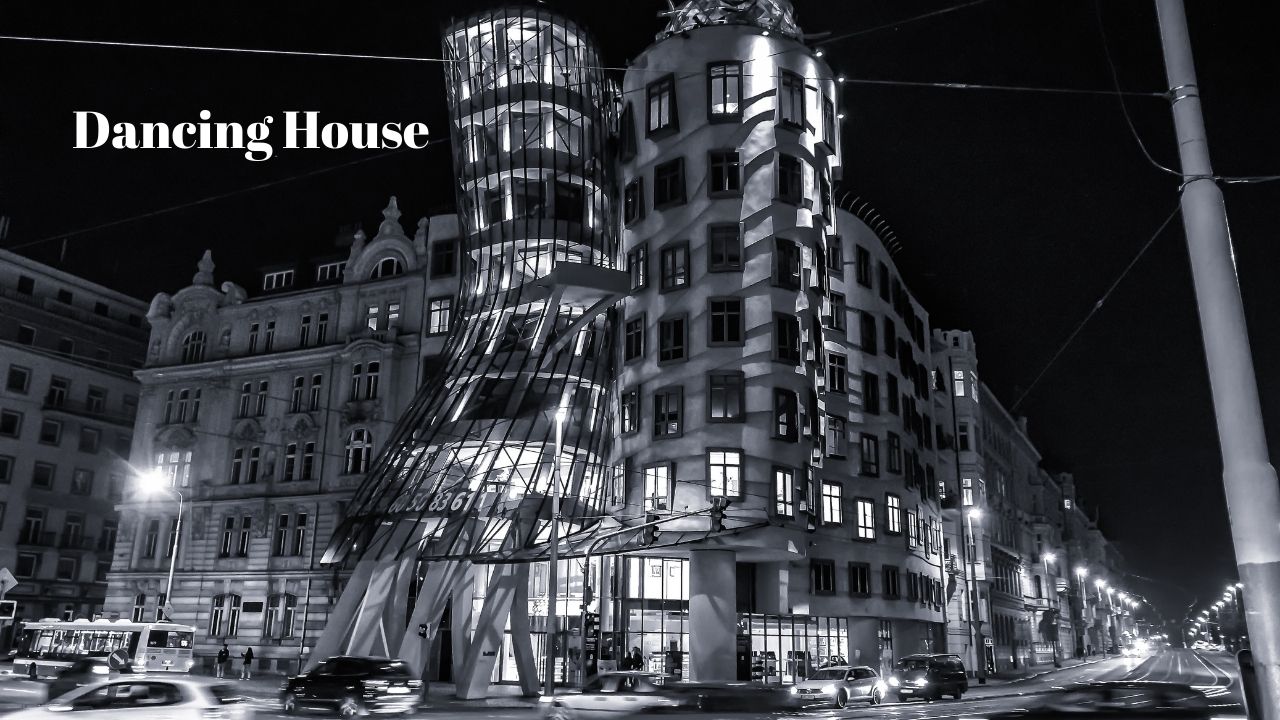
The building consists of two parts. The first is a glass tower made up of inclined columns; the second body is the undulating structure at the back. Here, the misalignment of the windows and the undulating shapes on the façade give the building a sense of movement.
Walt Disney Concert Hall
Reminiscent of a flower about to bloom, this building has managed to become the focal point of Los Angeles. The facade is made of stainless steel. It is one of the most important concert halls in the world with its architecture and successful acoustic features.
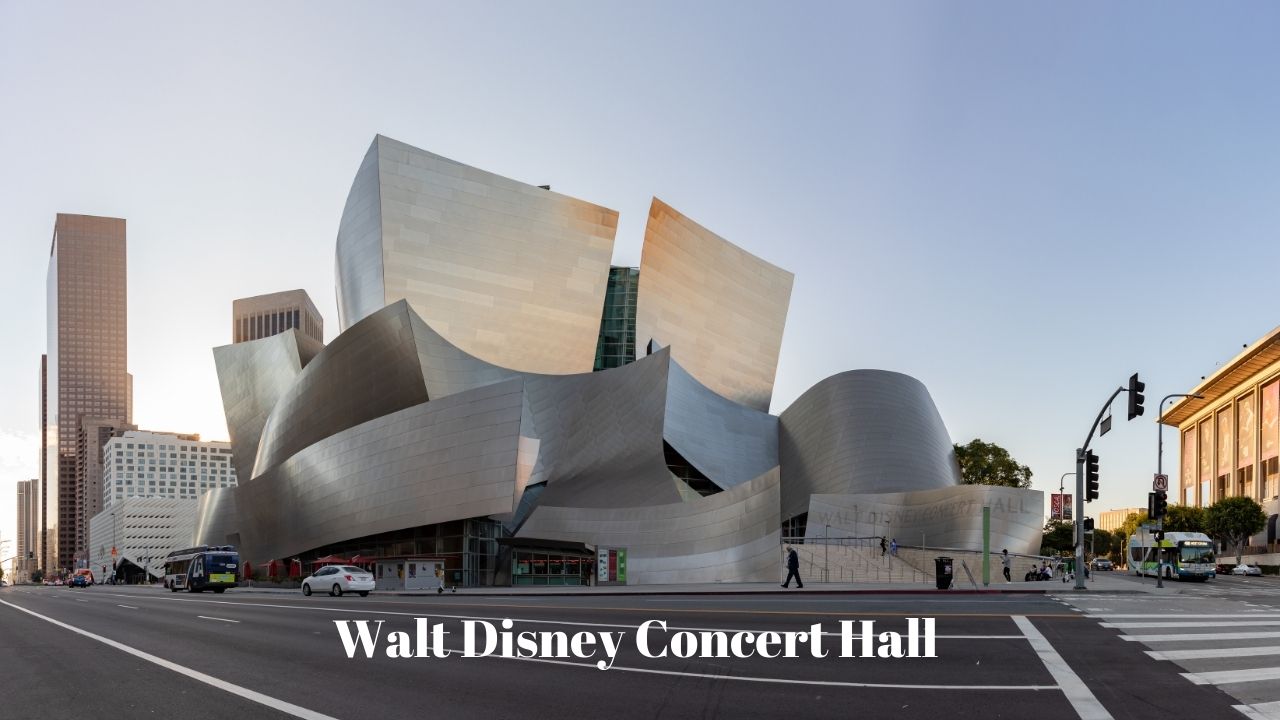
In the concert hall, the stage is positioned in the center of the hall. This allows the audience to view the stage from all four sides, without hierarchical arrangements such as boxes or balconies. Another remarkable feature is that there are no columns in this large hall. This is due to the structural design of the steel roof.
Bir yanıt yazın